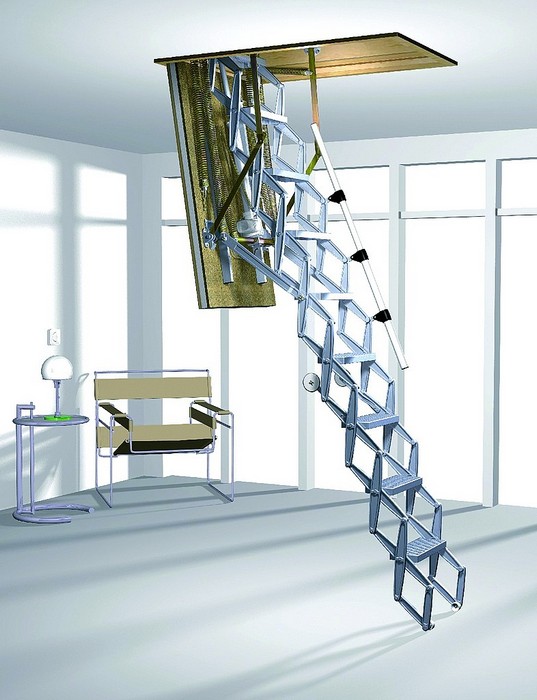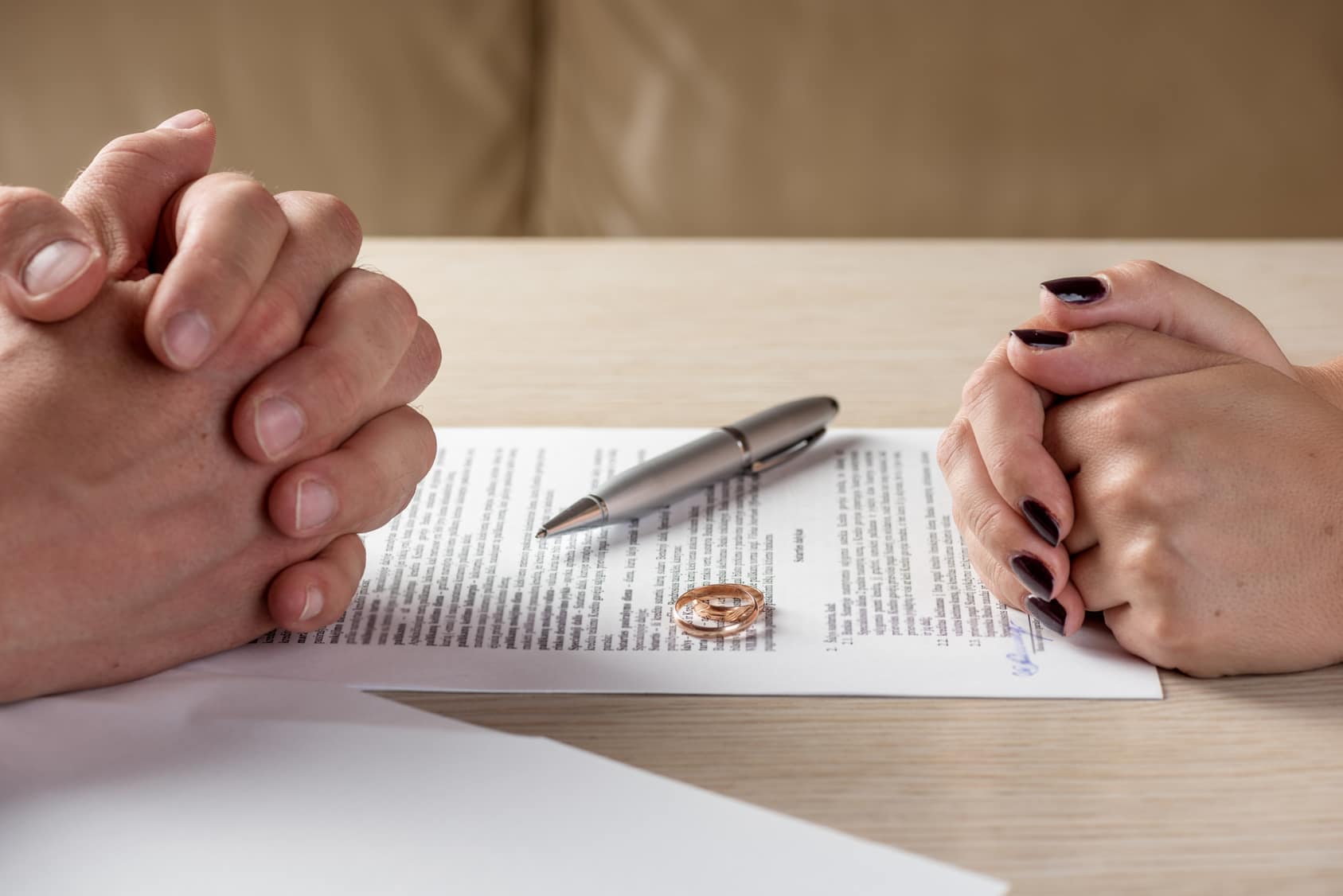
Is the feeling of nature’s chills making you look for ways to do away with the winter blues? Well, you’re in luck! There are a bunch of hobbies that will keep you entertained until the warmth of spring arrives.
Even if it’s cold outside, you can still have fun during the winter months with activities like upcycling, starting a new art project, or learning about photography. Let’s get ready to see how these experiences will keep you motivated this season (and even create a little crafting chaos)!
Flea Market Shopping and Upcycling
Have you ever thought about turning your winter days into a treasure hunt? Flea markets are the perfect place to get your shopping on and do some good for the planet. From vintage trinkets to furniture waiting for a makeover, these fairs can have thousands of hidden gems that you can transform into fabulous talking pieces (even if you’re on a budget) with some sanding, brightly colored paint, pretty new hardware, and a little TLC.
Okay, think about this: you see a worn-out chair that has all the elements you want, but needs a little love to bring it back to life. An affordable seating option like this can easily become a cozy reading nook centerpiece with the right paint or upholstery. Or, you may find an old ladder that inspires you to repurpose it into a bookshelf or hang your living room blankets. You can even use wooden or metal vintage crates for chic storage units for all of your cold-weather accessories.
Once you load your newfound treasures into your car, you’ll need to secure them safely to get them home in one piece. You want to prioritize your safety during trips like these, especially if you have a big item that you need to strap to the top of your car. It’s smart to have an insurance plan that will protect you for all of your vintage shopping trips. If you are looking for affordable insurance options, you might want to consider Freeway Insurance. They have a variety of coverage options, even if your driving record isn’t perfect. Check out their website or visit a nearby location to learn more.
Discover a New Arts and Crafts Medium
The coldest months of the year are the perfect time to unleash your inner artist, so pick up a new arts and crafts medium. You don’t have to be Picasso, either; the most important thing is to enjoy the process, and you just need to find something that challenges you and brings a burst of creativity to chilly days.
Have you wanted to see what all the hype is about pottery? Get your hands dirty (literally and figuratively) with some clay, the right kinds of hand tools, and a kiln to create art pieces that are functional and nice to look at. If you don’t have the space for all of these items, you can still partake in this creative endeavor. Just sign up for a pottery class in your area, and you’ve got a great afternoon ahead of you… without having to worry about storage or cleanup.
If you like to write, try transforming your words into elegant works of art with calligraphy. The options here are limitless: you can create signage, letters and envelopes, place cards, or even your weekly grocery shopping list! Another trending crafting method is resin art. You can make stunning, glossy creations that are sure to impress, like trays, coasters, magnets, and more. Plus, you can truly make each creation your own with add-ons like glitter or pressed flowers and plants. As you can see, when you find projects that feel therapeutic and bring you joy, anything is possible!
Get Into Photography
Snowy landscapes can be enchanting, and what better way to capture the magic than through photography? Whether you’re a pro photographer or a beginner, there’s always something new to discover.
Have you ever wondered what snow looks like up close? Use your camera to capture the delicate beauty of individual snowflakes. Alternatively, bundle up and embrace the cold to shoot breathtaking scenes near the mountains, forests, or lakes near you. If you’d rather stay indoors, experiment with cozy indoor photography, like a warm cup of coffee in a breakfast nook, your dog warming up by the fireplace, or your family’s warm coats and clunky boots hanging in the hallway.
It doesn’t require much to get started, either. All you need is a camera (yes, your smartphone counts!), an open mind, wide eyes, and a dash of stillness. Photography is more than the final image… it’s about slowing down to capture the stories you find along the way.
Buh-Bye, Winter Blues!
Don’t let cold temperatures get to you! When you find things you like to do, like flea market escapades, artistic endeavors, and photographic journeys, you have everything you need to keep smiling throughout the wintertime. So, grab your coat, your camera, and maybe a crafting tool or two. Spring might be on the horizon, but that doesn’t mean you can’t make the most of your time now. Happy crafting, snapping, and treasure hunting!








